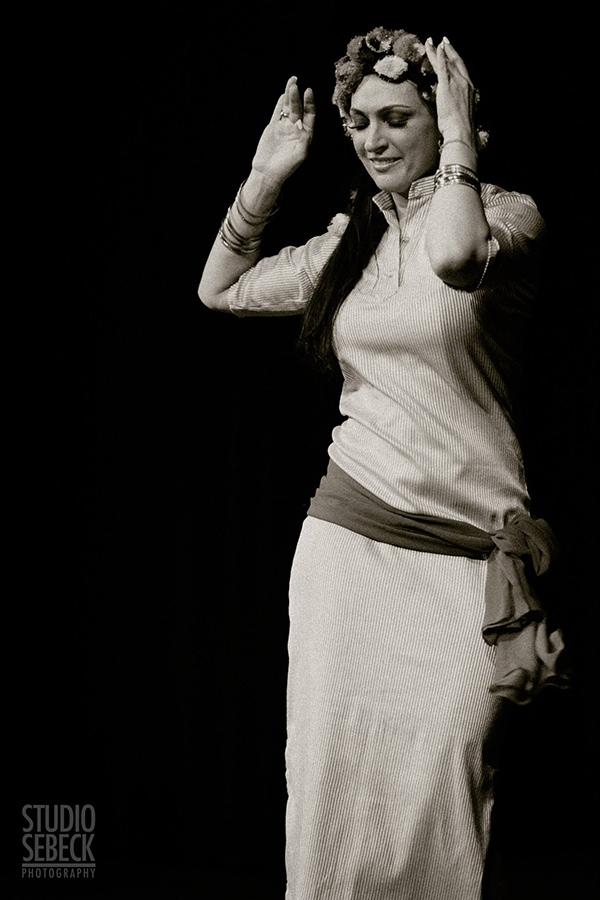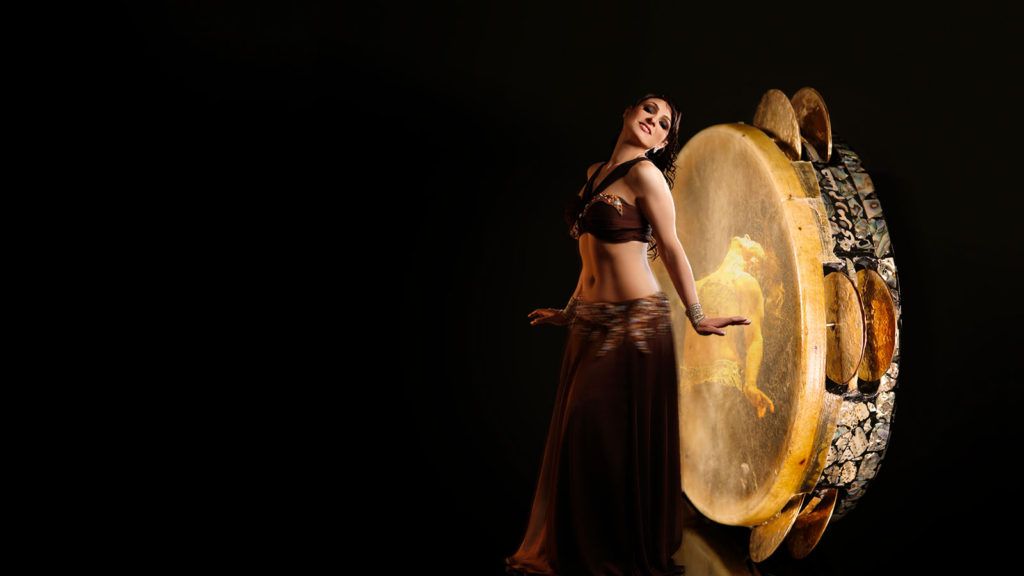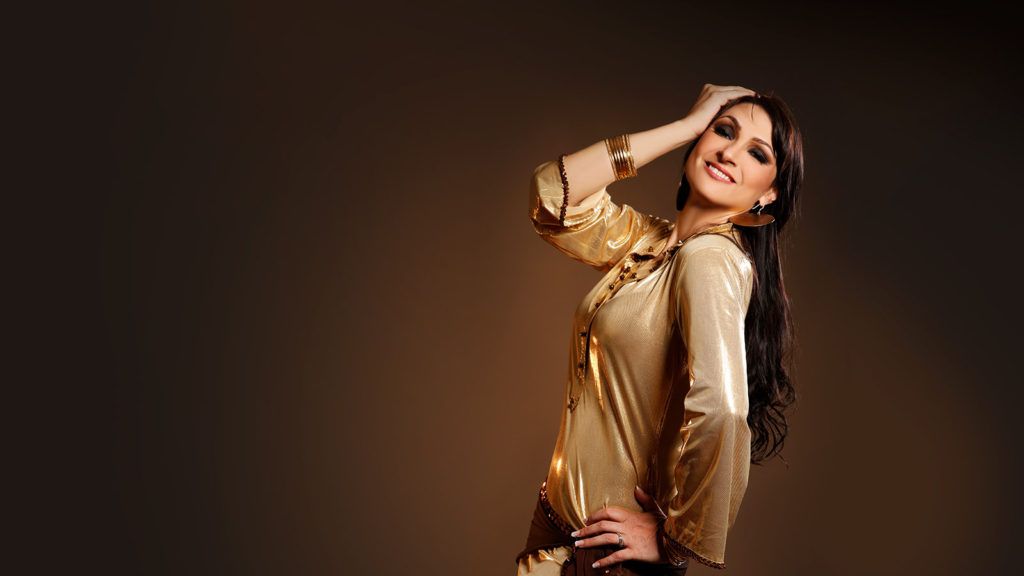Unveiling the Art: Belly Dance Musical Interpretation
A Personal Symphony
Exploring the Essence Through Belly Dance Musical Interpretation
In this exploration of Belly Dance, I offer insights into its significance as a solo form of expression for Egyptian women. Delving into the heart of the performance, I emphasize the paramount role of musical interpretation in Belly Dance.
Crafting Movement Poetry
As a dancer, and for every dancer alike, the essence resides in becoming a vessel for the music, transposing its melodies into eloquent movements of personal choosing. Musical interpretation in Belly Dance stands as the cornerstone, offering a canvas for choreographic freedom and unrestrained expression. This approach not only defines the dance but also opens the door to a realm of artistic freedom.
Echoes of Authenticity in Belly Dance
In the Egyptian context, dance became a powerful mode of self-expression, whether pursued professionally or as a cherished pastime. Guided by the ebb and flow of the music, women dance to articulate their innermost emotions, creating an authentic dance narrative.
Here, the dance is not confined by trends or fashion; instead, it is an organic flow, a genuine response to the emotional resonance of the music. While dancers may draw inspiration from one another, the beauty lies in their unique interpretation, allowing the dance to unfold naturally, a testament to the deep connection with the music.
Decoding Belly Dance: Navigating Influences and Embracing Uniqueness
The Diverse World of Belly Dance
Striking a Balance Between Uniformity and Uniqueness
Let’s unravel the layers of Belly Dance that have gained global recognition. However, beneath its international popularity lies a blend of influences that sometimes mask the genuine essence of the Egyptian style in particular.
In Western cultures, there’s a common tendency to simplify the intricate movements of Belly Dance for ease of learning and consistent teaching. While this simplification aids in education, it comes with a cautionary note. The risk is the potential loss of diversity, restricting creativity to a single perspective dictated by standardized moves. In my terms, it looses the juiciness and becomes flat!
Avoiding the Repetition Trap
As movements become standardized, a challenge emerges. Choreographers and dancers may unknowingly fall into a pattern, losing the special touch that defines their uniqueness. When confined to the rhythm alone, the dance might miss the profound richness embedded in the music, creating a gap in the complete expression of this captivating art form we love.

When it comes to Egyptian dance, there’s a set of core moves that really define its soul. Think of these as the building blocks for everything we groove to in this art form.
Now, every Egyptian dancer adds their own flair, throwing in 1, 2, or maybe 3 steps that are uniquely theirs. But here’s the magic – this personal touch never messes with the dance’s foundation or tosses away its roots.
So, in their routines and choreos, these dancers blend those basic moves with a sprinkle of artistry and interpretation. It might look like a repeat, but it’s actually their way of bringing a specific piece to life. They dance to their own beat, and it’s anything but repetitive.
Think back to watching those old-school “Stars of Egypt” in black and white films, checking out every dancer made history in Egypt. I found myself wondering:
How do they manage to all dance the same basic steps and still be so individual in their art form?
Two thoughts crossed my mind:
- Every dancer interprets the music uniquely.
2. No two bodies move exactly alike.
In the realm of Egyptian dance and its musical interpretation, certain moves emphasize rhythm, some synchronize with the melody, and a few seamlessly combine both.
These foundational elements open up numerous possibilities, providing room for individual expression.
I firmly believe a dancer should be profoundly moved in her distinct manner to convey her musical interpretation.
My musical interpretation in Belly Dance
I hear the music differently, in my own way. We all do. When I dance, I do my best to portray the feeling I get from the music.
This ” feel” will include my own dance experience, training, and cultural background.
However, adding extras without knowledge of the basic Egyptian movements and fundamental techniques could become messy. Risking it to deviate so much from Egyptian Dance that it could no longer be called that.
The balance of influences and essence is in the hands of each individual dancer.
Achieving a good balance depends on understanding what music is asking.
An ocean of possibilities
I do know that the basics are not many, but they can be made to be anything you want them to be,
if you know them well.
A hip drop can be presented in hundreds of different ways and angles.
An Egyptian Walk can be done to fit several different accents in different rhythms, making it look and feel completely different.
Figure 8, when done in a way to interpret the music, will indeed never be done in the same sequence and create the same shapes, so it will never be a repeated motion.
How do you achieve the most accurate musical interpretation in Belly Dance?
Interpretation of melodic Instruments
Let’s look at what each instrument portrays:
Each instrument has a unique quality and emotional content and will create a particular effect.
Take a Nay flute as an example:
What is the quality of the sound of a wind instrument? Well, it says it in the description… wind, air, fluidity, flying, spiritual sounding…..
Fluid arm movements, flowing spins, smooth travels, light and elevated figures of 8, circles and undulations, and shoulder movements could be used to interpret the characteristics of this instrument.
A figure of 8 can become at least four different ones if done in different sizes and speeds according to the music.
Each arm move with a different posture or position will be seen as a new item being presented. The possibilities are endless, and a basic vocabulary of steps can lead to a vibrant, varied, creative vocabulary. Be it highly technical or not.
The Violin
With a violin all the same steps and motions as the flute can be done, but the character of this instrument is very different.
A violin can be dramatic, can be melancholic and sad, and can be happy and playful, but always with an intensity that is not found in the flute sounds.
So, imagine all the moves you have done to the flute in such a fluid, light and ethereal manner, now done to the violin, and in an intense dramatic and very feminine way. More grounded in manner with the use of more hips than arms to create this dramatic emotion.
You get a completely new technique every time you dance to a different instrument.
Music intertpretation: As good as you can hear...
I find it extremely exciting when choosing a new composition to dance to because I will select which beautiful instruments I will use this time.
Also, the music dictates to me which costume I can wear, and sometimes, I find myself designing a new costume that will flow clearly through that composition. It will also allow me the freedom and comfort to be those on instruments while dancing.
“A dancer will be as good at musical interpretation, according to how well she can hear and understand the music and has adequate technical expertise to portray it.”
Within the choices of music interpretation available, I always opt for the emotional aspect of the music.
I like to choose the most adequate technical expertise to portray how beautiful the music is. Never to demonstrate solely what I am capable of physically.
Knowing what my capabilities and talents are, I choose to:
Use my ability in Musical interpretation to present the MUSIC as I hear it to my audience.
Thank you for reading.
Much Love,
Serena xxx
Choose your
your membership
Lite
£14.95 / Per Month
An open door to start in this Dancerie!
*Access to Fun Friday – 1 monthly class recording
*Access to Golden Era HQ full library
Opal
£39.95 / Per Month
Great for those with basic experience
*Access to Open Level Tuesday live Zoom weekly classes.
*Access to a year’s worth of Open Level Tuesday weekly class recordings
*Study materials, references and more.
* Plus Everything in Lite
Golden
£39.95 / Per Month
Great for Golden Era Belly Dance fans and higher-level experience.
*Access to Golden Mondays live Zoom weekly classes. 7 pm UK time.
*Access to a year’s worth of Golden Mondays weekly
class recordings
*Study materials, references and more.
* Plus, Everything in Lite
Vip
£69.95 / Per Month
Full Package!
Great for those who want to delve deep into Belly Dance and its different genres.
*Everything in Lite, Silvery, Golden.
*Plus: All courses and workshops on Demand

